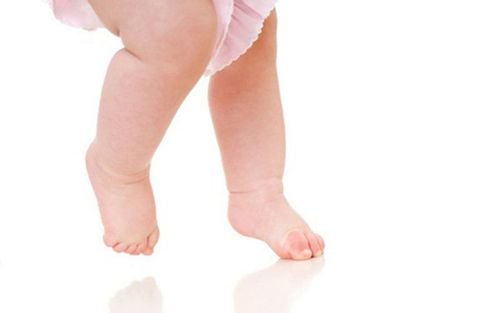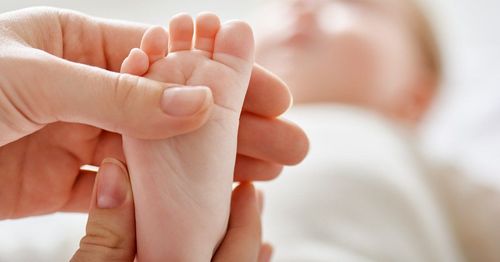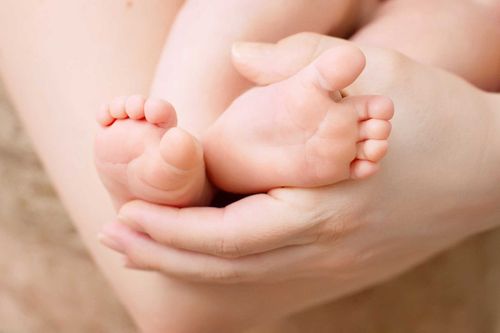This is an automatically translated article.
The article is professionally consulted by Master, Doctor Vu Quoc Anh - Department of Pediatrics - Neonatology - Vinmec Danang International General Hospital. Dr. Anh has nearly 10 years of experience as a resident doctor and treating doctor at Hue Central Hospital and Danang Children's Hospital.Newborn clubfoot is considered a very common foot deformity in newborns. Although neonatal clubfoot is neither painful nor fatal, it is important to treat infant clubfoot as soon as possible so as not to affect the child's ability to walk later in life.
1. Newborn clubfoot
Newborn clubfoot is a birth defect that can be congenital or may appear after a child has polio with a prominent feature that is a deformed foot that prevents the child from placing the foot on flat ground. shorter in length than normal children. Neonatal clubfoot is often present with some other congenital anomaly or may exist independently. The incidence of neonatal clubfoot is estimated to be about 1 in 1000 live births, with clubfoot in both legs accounting for about 50% and a higher proportion of male patients than female patients.Regarding clinical symptoms, neonatal clubfoot includes 3 types of deformities occurring at 3 joints as follows:
Inversion of the paratalar joint causes the posterior part of the foot to be inverted. Abnormalities at the talus - shin joint cause the foot to deform inside. Abnormalities of the ankle joint, the soles of the feet cause the foot to supine, rotate inward and the patient has to move on the toes. This condition also causes the muscles of the leg to contract, making the heel tendons shorter than normal. The etiology of neonatal clubfoot remains a problem to this day. There are theories that the cause is not due to the position of the baby in the womb, but to some other factors such as bone structure, environmental factors such as tobacco use during pregnancy. maternal or may also be related to genetic factors.
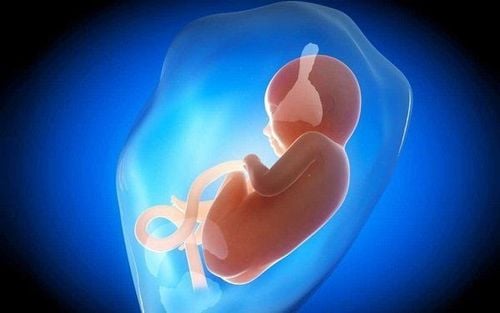
Men are more likely to have neonatal clubfoot than women Family factors: in a family with three or more mothers with neonatal clubfoot, the chances of the child having clubfoot are increased. Women who smoke a lot during pregnancy are 20 times more likely to be born with clubfoot syndrome than in other cases. The mother suffered from oligohydramnios during pregnancy. You have an infection and are taking medications that are not recommended during pregnancy. Without timely treatment of infant clubfoot, it is likely that the child will face some complications such as arthritis, ankle rotation that makes the child unable to walk steadily, abnormalities in muscle development of body.
To diagnose neonatal clubfoot, besides the clinical examination, signs such as lateral foot, inner folds, posterior folds, change in heel height, stiffness, etc. Some subclinical techniques also help a lot in diagnosis such as X-ray of the feet or periodic ultrasound during pregnancy for timely detection and treatment.
2. Treatment of infant clubfoot
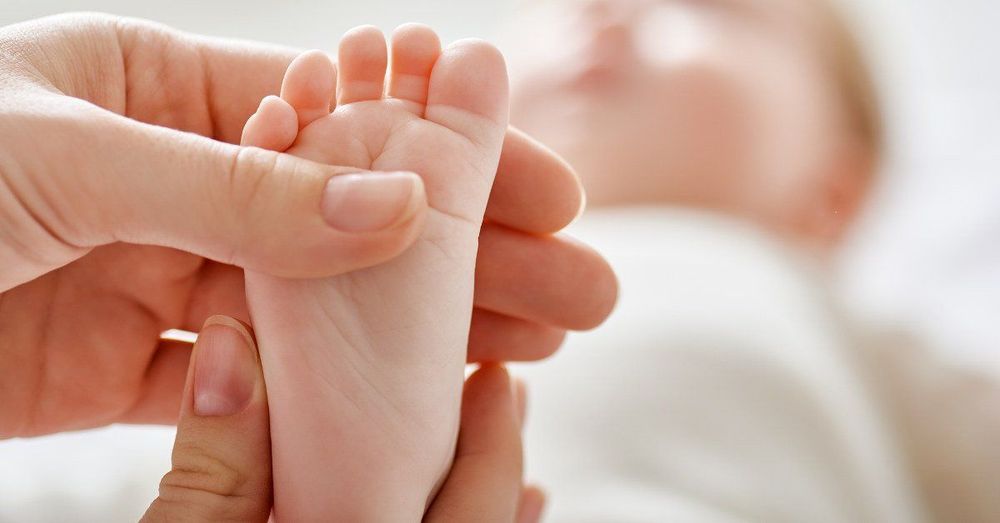
Correction of foot deformity Restore function, flexibility and strength of the foot so that the child can walk and move better. There are many ways to treat clubfoot, some of which can be mentioned as follows:
Ponseti method: Usually applied as soon as the baby is 7 - 10 days after birth or if the child is taken to a medical facility later than this time can still be applied but the effect achieved after treatment will be lower than in children treated early, so sometimes surgical intervention is necessary in these cases.
Initially, the patient will be adjusted to the arch, adjust the front foot from closing and the heel is crooked, adjust the heel tip, then will be cast to fix the foot after correcting, the time of the cast for about 5-8 weeks, in which the flour is changed once a week. After that, the patient was carried out surgery to cut the tendon of the heel and the cast continued for the next 3 weeks. The final stage of the method is to have the child wear a shoe brace throughout the day, including at bedtime, for 3 months, then the patient only needs to wear the shoe at night when he reaches the age of 5.
Stretching and bandaging method: Stretching and bandaging is a physical therapy method to treat clubfoot, which is carried out by moving the foot every day then keeping the correct posture of the foot with tape and use a machine to keep the foot moving while the patient sleeps. After 2 months of stretching and bandaging, the treatment should be stopped 3 times a week until the child reaches 6 months, finally, the child should be trained for thousands of days, wearing a night brace until the child can walk.
Surgery: This is a treatment method for infant clubfoot used in severe cases that do not respond to the above treatments. The surgical technique used is to lengthen the Achilles tendon, bring the foot back to the correct position, transfer the anterior tibial tendon as well as release the posterior soft tissues.

Pediatrics department at Vinmec International General Hospital is the address for receiving and examining diseases that infants and young children are susceptible to: viral fever, bacterial fever, otitis media, pneumonia in children, ... With modern equipment, sterile space, minimizing the impact as well as the risk of disease spread. Along with that is the dedication from the doctors with professional experience with pediatric patients, making the examination no longer a concern of the parents.
Please dial HOTLINE for more information or register for an appointment HERE. Download MyVinmec app to make appointments faster and to manage your bookings easily.






